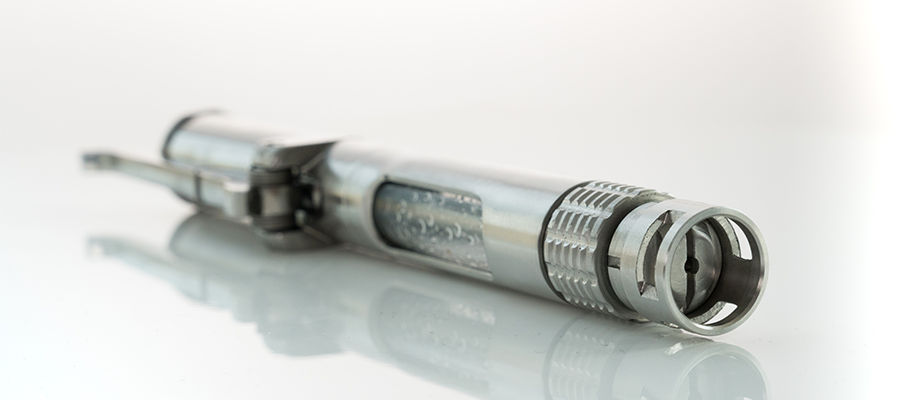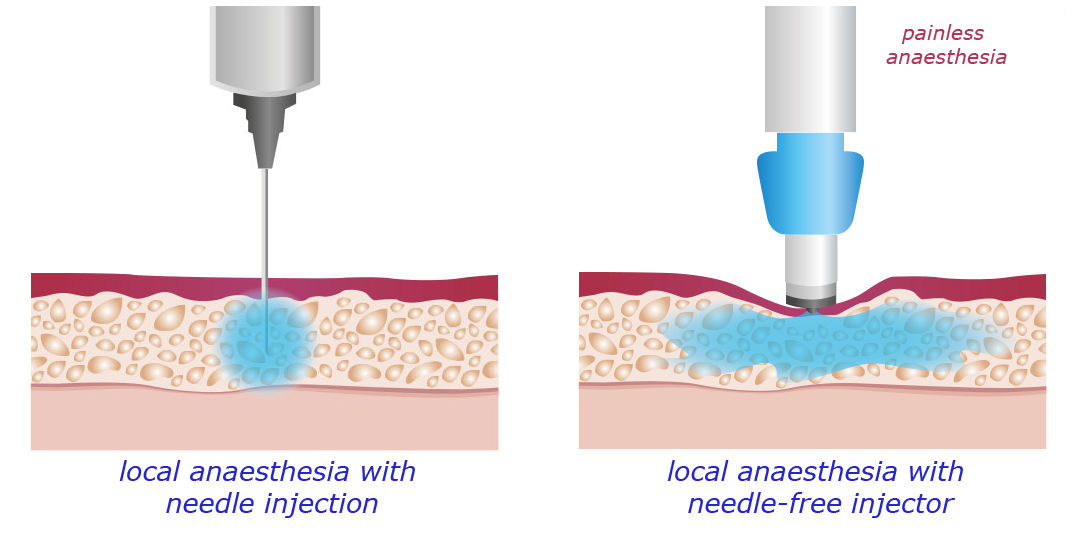Of all the ways to address hair loss, the most natural and permanent but most expensive solution is by getting a hair transplant. It has become extremely popular and no longer limited to the rich and famous. Following are different types of hair transplant options to consider before you spend thousands of dollars.

FUT (Follicular Unit Transplantation) / Strip Procedure
This method involves cutting a rectangular strip of scalp from the back of your head then stitching the opening closed. The hairs on the strip and separated and transplanted one by one to the recipient (bald) area. This method is the quickest and so it’s likely the cheapest but it will leave a noticeable scar on the back of your head unless you wear your hair long to cover it up.

Classic FUE / Follicular Unit Extraction (FUE using a micro motor)
This method involves using a punch tool to extract individual hair follicles from the back of your head. After sufficient follicles have been removed, they are transplanted one by one to the recipient area. As a result of using a punch tool, you will not see an obvious scar like in the FUT method but you will see minor dot-shaped scars if you have short hair.
Sapphire FUE (FUE using a sapphire blade)
This method is the same as the regular FUE method except it uses a sapphire blade which allows for creating smaller holes in the scalp into which hair will be transplanted. The smaller holes allow for creating holes that are closer to each other resulting in higher density.
Implanter size: 1.0 – 1.5 mm using sapphire blade
DHI FUE (FUE using a Choi Implanter Pen)
Unlike the FUT and FUE methods, where all follicles are removed before they are transplanted one by one to the recipient area, with the DHI method, each follicle is removed and immediately transplanted thereby reducing the amount of time the follicle remains outside the body. Furthermore, the tool used to implant the follicle is a choi pen.
Implanter needle size: 0.8-0.9 mm
Advantages of DHI Technique
Among its advantages indicated by some hair restoration experts are as follows;
- Higher density of transplanted hair compared to FUT and FUE.
- Reduced time of grafts remaining outside the body, thus ensuring strong and healthy placement of the grafts.
- Adequate hair follicles survival rates.
- Reduced bleeding during the creation of the recipient area. Reduced trauma during graft handling, thus leading to less damage in the blood supply to the implanted area.
- Fast recovery during the postoperative phase, the patient can return back to his/her normal routine quicker.
- The recipient site does not have to be shaved, as it is a more suitable procedure that enables this condition.
Hair Stem Cell Transplantation / PL-FUT (Partial Longitudinal Follicular Unit Transplantation)
This method involves only extracting a portion of each hair follicle from the back of the head. As a result, there are no scars. Also, one follicle results in two hairs – a hair in the donor area and a hair in the recipient area. In this way, the number of hairs is multiplied (doubled).
PL-FUT is better suited if
- small donor area
- want higher density, e.g. in eyebrows, beards, mustache
Implanter needle size: 0.5 up to 0.6 mm
HASCI claims to have a better preservative solution to preserve the follicles.
In an article by Dr. Gho titled Donor hair follicle preservation by partial follicular unit extraction. A method to optimize hair transplantation the abstract reads
There are different stem cell pools located in the hair follicle. Objective: To try to determine whether follicular units can survive a partial extraction and whether this partial extracted follicular unit can regenerate new hairs. Methods: From five individuals, between 100 and 150 grafts were harvested from the occipital area of the scalp. Suitable grafts were implanted into the recipient area. Hair growth and characteristics in the donor area and the recipient area were observed at different intervals. Results: After 3 months, between 92.1% and 104.1% (mean 97.7%) of the partial follicular units in the donor sites survived and produced hairs with the same characteristics. After 1 year, 91.1–101.7% (mean 95.9%) of the implanted partial follicular units regenerated hair growth with the same characteristics as the hairs in the donor area. Conclusions: We revealed that extracted partial longitudinal follicular units transplanted to the recipient area can be used as complete follicular units to regenerate completely differentiated hair growth with the same characteristics as in the donor area. We also revealed that the partial follicular units in the donor area can survive and produce the same number of hairs with the same characteristics. This technique enables us to generate two hair follicles from one follicle with consistent results and preserve the donor area.
In the article by Dr. Gho titled Improved hair restoration method for burn the abstract reads
Background: Extracted partial longitudinal follicular units can be used as complete follicular units to regenerate completely differentiated hair growth. The partial follicular units that remained in the dermis in the donor area can survive and produce hairs. This technique enables us to multiply hair follicles in vivo, while preserving the donor area and therefore is suitable in persons, who have a relative small donor area compared to the recipient area, as in scalp burns.
Objectives: With this study, we try to determine if partial longitudinal follicular unit transplantation (PL-FUT) can be used for facial and/or scalp burns.
Materials and methods: Four burn victims (age 22–39 years, mean 27.75 years) were treated in the face (eyebrows, and beard) and/or on the scalp with PL-FUT. The grafts were harvested with hollow wave-tipped needles with an inner diameter of 0.6 mm from the occipital area of the scalp. The suitable longitudinal partial follicular units were impregnated with a preservative medium, and implanted into the recipient area. Hair growth in the donor area as well as the recipient area was observed before treatment, and at intervals of 1 week, 3 months and 1 year after the treatment.
Results: After evaluation of the donor area, sometimes a few little white spots were visible, but almost all hair follicles in the donor site re-produce hairs after 2 years. All treated patients had satisfactory or very satisfactory cosmetic results in the treated area.
Conclusions: Longitudinal partial follicular unit transplantation (LP-FUT) may represent the first reliable patient-friendly method to generate two hair follicles from one hair follicle with consistent results and preservation of the donor area. Therefore, this method is very suitable for people with facial and/or scalp burns.
This method is patented and only offered at Hair Stem Cell Clinic.
Pain
Getting a hair transplant may seem like a painful experience because thousands of micro holes are made in your scalp using needles. However, the process is painless due to the local anesthesia that numbs your scalp. But, traditional local anesthesia is applied using a needle which can be extremely painful. To administer local anesthesia, a doctor would give you around 10 injections in the donor area and 10 in the recipient area. Fortunately, there is a new, painless method for administering local anesthesia using a needle-free, pressure-based injector called Dermojet.



Where to Get a Hair Transplant
Hair transplant costs in the US and Europe are very expensive. You can easily spend $10,000 to $15,000 for 2000 – 2500 follicles. Turkey has become the hair transplant capital of the world. You can get a quality hair transplant for 3000 euros which will transplant 4000 hairs.
- VeraClinic (uses traditional needle-based anesthesia which is painful)
- Maral Hair Klinik (painless, needle-free anesthesia)
- Este Nove (painless, needle-free anesthesia) – $3000
- Tecnifue (painless, needle-free anesthesia)
Hair Recipient Areas
Though most people get a hair transplant to fill in a bald spot on their scalp, you can also get a hair transplant to fill in your beard, mustache and eyebrows.


